7 Signs That You're a Hoarder
Here's the difference between being clutter-prone and having the hoarding disorder
1 of 9
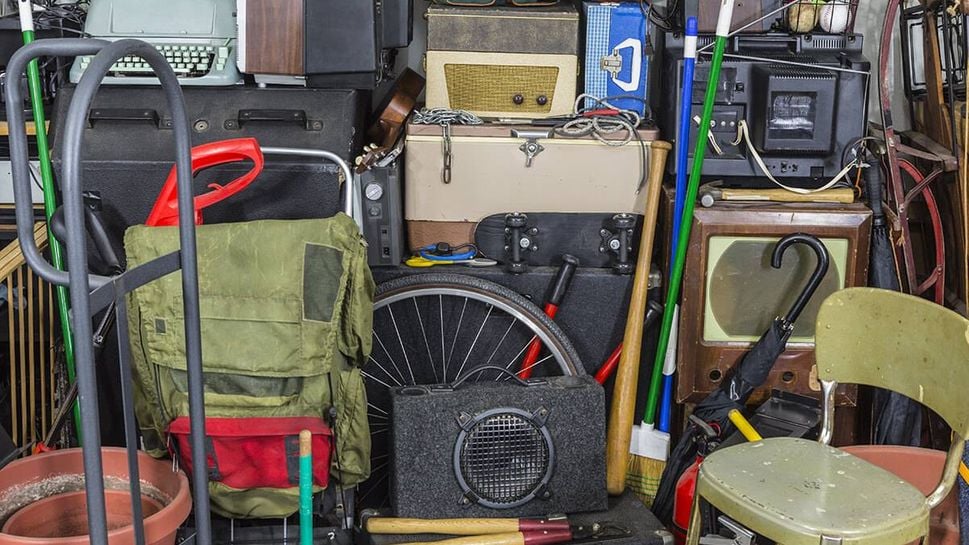
Am I a Hoarder?
Who of us hasn’t bought things we don’t need, kept things we don’t use and allowed piles to accumulate on the kitchen counters, nightstands and desks?
Before you envision yourself on the next episode of A&E's Hoarders, read the following warning signs from Gail Steketee, Dean of Boston University School of Social Work. They help distinguish the difference between a clutterbug and a hoarder and answer the question, “Am I just messy or have I crossed the line?"
(This article appeared previously on Grandparents.com)
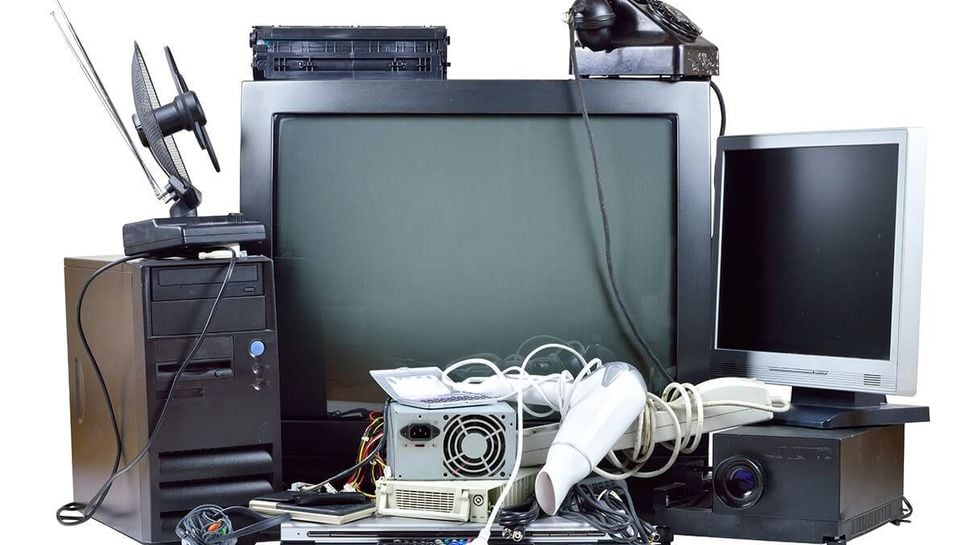
New Stuff In; Nothing Out
Many of us bring new items into the household, especially when we spot a good bargain. But for hoarders — 75 percent of whom buy to excess — this is about capacity. They keep acquiring items even when there is absolutely no more space. They can’t part with what they have, so new stuff doesn’t replace old stuff. It merely adds to it.

The Clutter is a Disorganized Mess
A messy person may have piles but, unlike the hoarder, knows where important things are and also periodically sorts through papers so they diminish before they grow again.
The hoarder’s clutter has no sense of organization, and while he or she has great intentions (“I’ll get to that stuff soon”), there’s probably a history of not following through. As clutter grows, so does the inability to make order out of chaos.
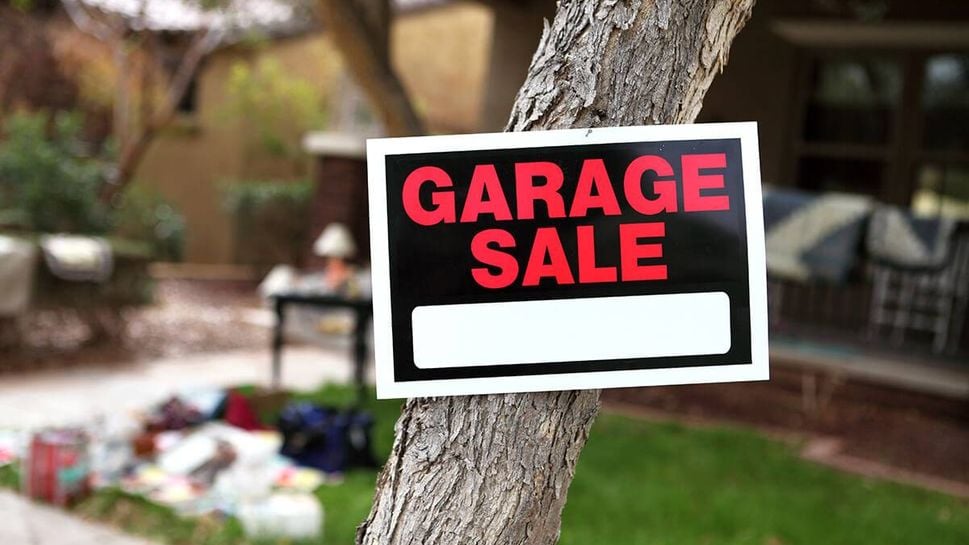
Braking for Garage Sales
Like a drink to an alcoholic, so garage sales are to a hoarder. The high starts when they see a sign. It intensifies at the sale as each object becomes an opportunity, while the hoarder justifies buying the unnecessary and the unusable.
As for freebies at the curb — they're the ultimate buzz. According to the OCD Foundation, 50 percent of hoarders acquire free things to excess.

Where’s the Value?
Broken Christmas ornaments, out-of-date clothes, old magazines — to the normal eye, these are worthless. To the hoarder, they’re priceless because hoarders have trouble discriminating. Their magical thinking tells them those old magazines might be worth a lot one day. Or because they were Mom’s, tossing them would result in unbearable sadness or guilt.
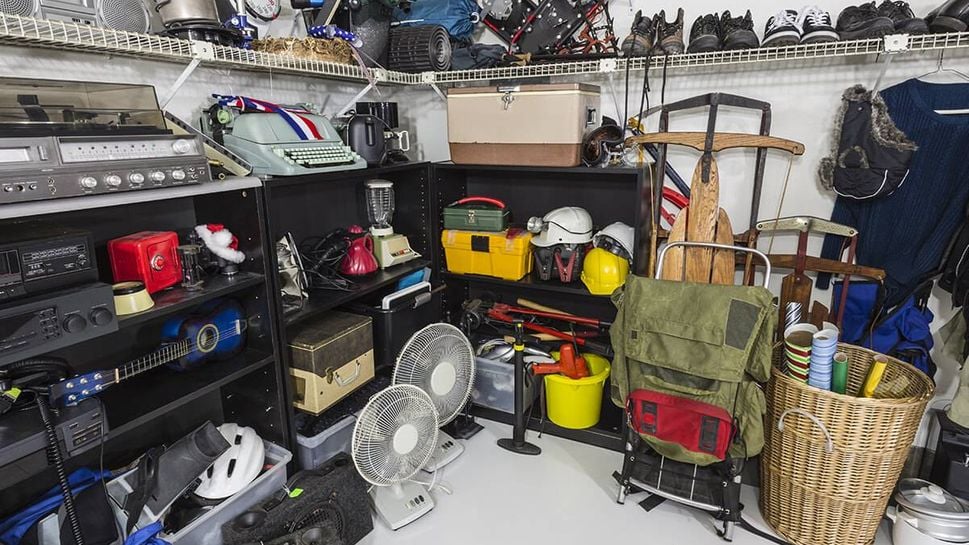
'But I’ll Use it One Day!'
Which is more cost and time efficient: to fix the food processor with a broken motor or to buy a new one? For the hoarder, the answer’s a slam dunk. Fix the old one. Only one problem. Hoarders are great at minimizing what it’ll take — time and money-wise — to transform something broken into something useful. The result: piles of useless stuff with potential that’s never realized.

Defense is the Hoarder’s Offense
We’re not talking about getting annoyed when a spouse nags (i.e., You say, “I’ve asked you over and over to clean up the piles in your office," to which he responds, “Fine, I’ll do it tomorrow!”). We’re talking an overwhelming defensiveness to comments from everyone who’s allowed to see the mess. What appears externally to be angry and unreasonable is really a cover for internal guilt and shame. (Not surprisingly, only 15 percent of all hoarders acknowledge that their behavior isn’t rational.)
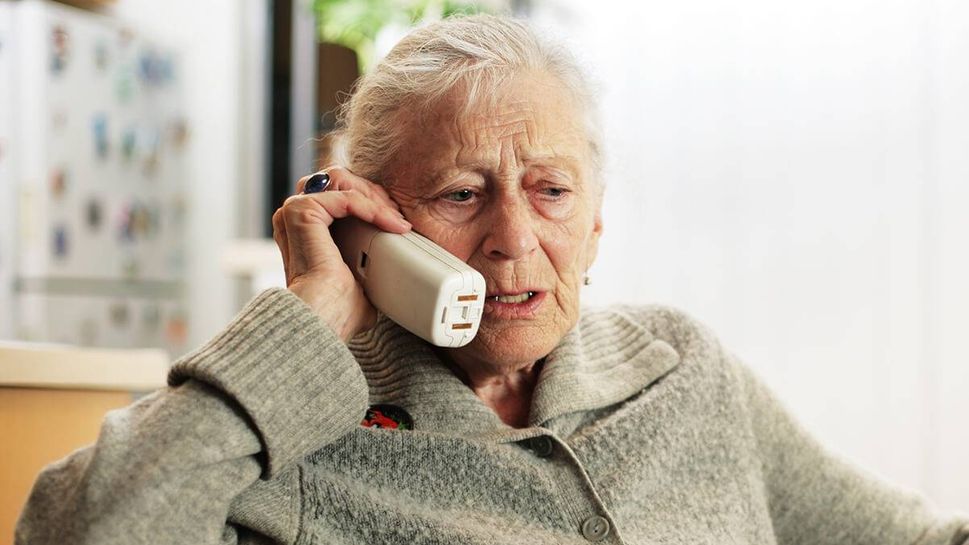
A No-Entertainment Zone
Hoarders generally do not want people in their homes. Why? Besides embarrassment, about 25 percent of all hoarders suffer from social anxiety, so entertaining in their homes would be painful no matter what. Mess becomes a great excuse not to.

How to Approach the Issue
Sketekee recommends that people who worry that they or a loved one is a hoarder can take the following steps:
- If you suspect a problem, go to the web site ocfoundation.org to get more information.
- Also read Buried in Treasures, a self-help book by Sketekee, Randy Frost and David Tolin.
- Seek professional help if the mess is creating distress — emotionally, financially, spatially and relationally. Cognitive Behavioral Therapy has proven overwhelmingly successful in treating this problem.
Grandparents.com is a lifestyle website, social media community & peer group that unites & connects America's 70 million Grandparents to the best information and premier products & services just for them. Our goal is to promote well-being and give timely information on what really matters to you, from health and money to family and relationships to travel and retirement.

